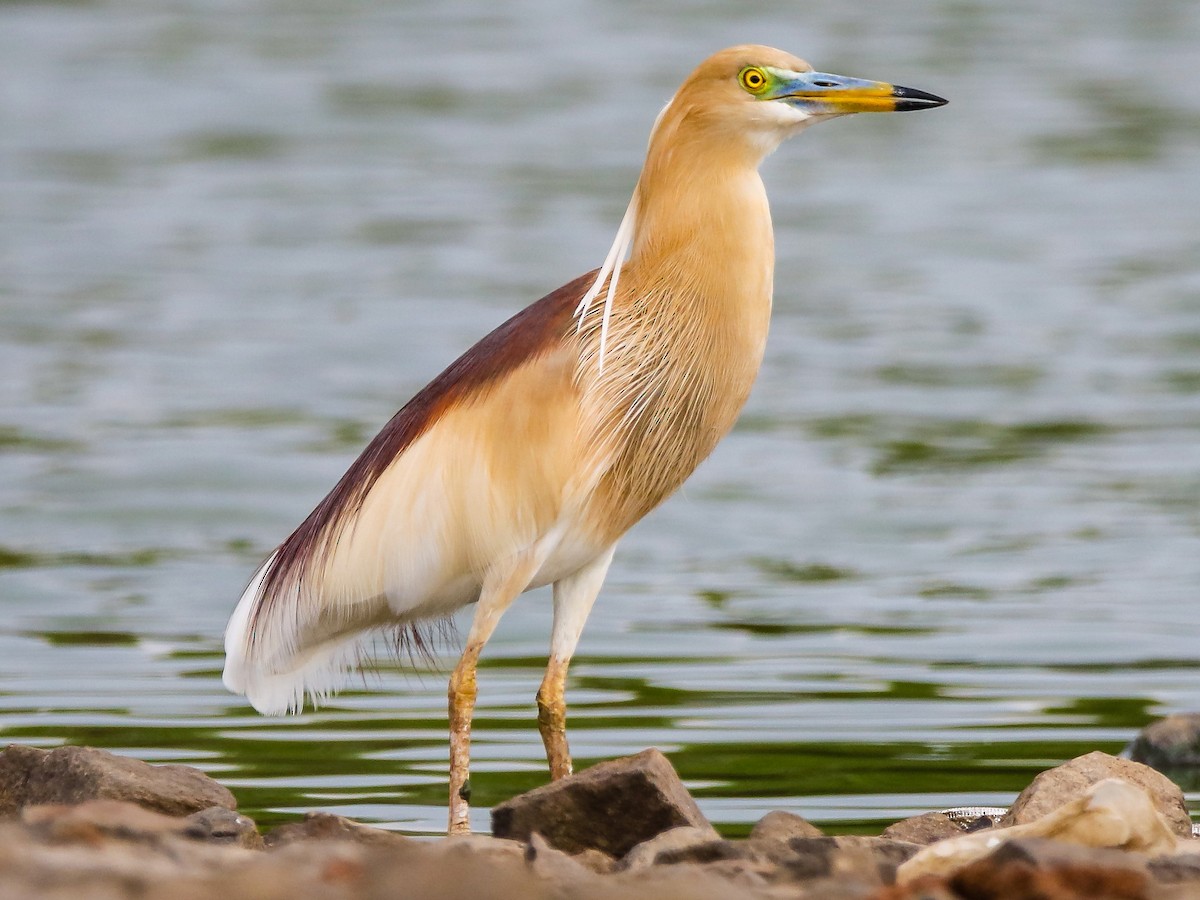7667766266
enquiry@shankarias.in
Prelims: Current events of national and international importance | Species
Why in news?
Citizen-science data from Visakhapatnam suggests that pond herons & cattle egrets may be undertaking regular seasonal journeys along the East coast, reviving a 30-year-old mystery from Chennai.

References